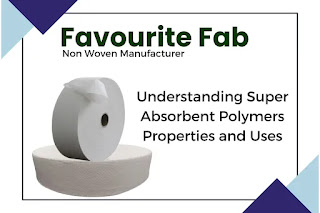Non Woven Bag Raw Material Cost: Factors, Pricing Guide, and Optimization Tips
Non-woven bags have gained immense popularity as an eco-friendly alternative to plastic bags. However, understanding the cost of raw materials for non-woven bag production is essential for manufacturers and buyers. This guide explores key cost factors, pricing trends, and tips to optimize raw material expenses.
Factors Affecting Non-Woven Bag Raw Material Cost
1. Type of Raw Material Used
Polypropylene (PP): Most common material, lightweight and cost-effective.
Recycled Materials: Sustainable but may have varying costs based on availability.
Coated vs. Uncoated Fabrics: Coated non-woven fabrics offer water resistance but are costlier.
2. GSM (Grams per Square Meter) of Fabric
Low GSM (20-50 GSM): Cheaper, used for lightweight bags.
Medium GSM (50-80 GSM): Ideal for shopping and promotional bags.
High GSM (80-120 GSM): Durable, used for heavy-duty carrying bags.
3. Fabric Production Process
Spunbond Non-Woven Fabric: Cost-efficient, widely used.
Meltblown Non-Woven Fabric: Higher cost due to fine filtration properties.
Laminated Non-Woven Fabric: Adds durability but increases cost.
4. Market Demand and Supply
Prices fluctuate based on raw material availability and global demand.
Seasonal trends impact pricing, with higher costs during peak production periods.
5. Customization and Printing
Plain Fabrics: Cheaper than printed ones.
Screen Printing vs. Flexographic Printing: Costs vary based on design complexity.
Pricing Guide for Non-Woven Bag Raw Materials
Basic Polypropylene Non-Woven Fabric: $1.2 - $2.5 per kg (varies by quality and GSM).
Laminated Non-Woven Fabric: $2.5 - $4 per kg.
Recycled Non-Woven Material: $1.8 - $3 per kg, depending on purity and processing.
Additional Cost Considerations: Dyeing, printing, and lamination add extra expenses.
Tips to Optimize Raw Material Costs
Bulk Purchasing: Buying in large quantities reduces per-unit costs.
Selecting the Right GSM: Avoid overuse of high GSM if not required.
Negotiating with Suppliers: Long-term contracts can help secure better prices.
Using Recycled Materials: Eco-friendly and cost-effective.
Efficient Production Planning: Reducing waste lowers overall material costs.
Conclusion
Understanding the factors that influence non-woven bag raw material costs is crucial for optimizing production expenses. By choosing the right materials, buying in bulk, and utilizing cost-effective strategies, businesses can improve profitability while maintaining quality. For premium non-woven raw materials at competitive prices, connect with Favourite Fab, a trusted supplier of high-quality non-woven fabrics.




Comments
Post a Comment